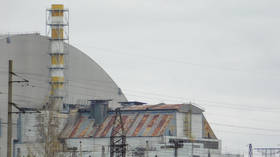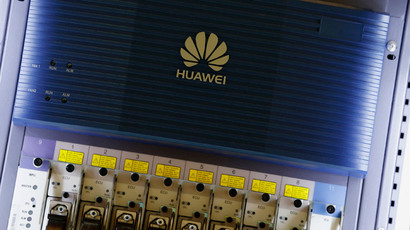China eyes ‘global monitoring network’ of surveillance satellites

To compensate the frustration over the endless search for missing the Malaysian airliner, Chinese scientists have doubled efforts to promote their project of a huge satellites network, which will enable Beijing to monitor the whole world.
As the mission to find the passenger jet MH370 which disappeared off the radars on March 8 with 239 people on board, 153 of them Chinese, is yet to yield to any substantial result, the space surveillance net project is gaining strong backing from key government officials in Beijing, the South China Morning Post reports.
China currently has satellites in the orbit but they largely focus on its region and surrounding area. The exact number of them is a state secret.
“If we had a global monitoring network today, we wouldn’t be searching in the dark. We would have a much greater chance to find the plane and trace it to its final position. The plan is being drafted to expand our regional monitoring capability,” Professor Chi Tianhe, a researcher at the Chinese Academy of Sciences’ Institute of remote Sensing and Digital Earth, told the SCMP.
After the Malaysian Boeing 777 went missing, the Chinese Academy of Engineering submitted a letter from senior scientists to state leaders advising them to begin building a global satellite-surveillance network.
If the project is given the green light by the Chinese government it could be up and running in as little as two years from now, says Chi. But it won’t be cheap, a satellite costs 400 million Yuan ($64 million) to build, this would mean the project as a whole would need a budget of at least 20 billion Yuan.
According to statistics from the US-based Union of Concerned Scientists there are about 1,000 satellites currently orbiting the earth, but the vast majority of those are for communication and only about 150 are for observation, remote sensing and military-surveillance.
Professor Liu Yu, an expert at Peking’s University’s school of earth and space sciences, believes the project could be game changing for China’s ability to spy from space.
“International earth-observation services today are dominated by the US and European countries, but if China launches more than 50 satellites for this purpose, the whole landscape will be changed,” said Liu.
But the project is by no means set in stone and it faces a number of technological hurdles. One of them is that the existing space centers in Jiuguan, Taiyuan and Xichang are involved in other missions, like manned space flights and plans to explore the Moon.
At the moment China launches about 15 satellites every year, but this would need to be at least doubled.
Space experts believe that with an upgrade at the Wenchang launch center in Hainan, which is now complete, it might be possible to increase China’s rocket capacity and thereby make the project possible.
While the quality of the imaging equipment also needs to be improved, says Liu.
Professor Zhao Chaofang, an oceanographer at the Ocean University of China in Qingdao, also said that China needs to develop more ground stations, to ease and speed up sending data back to earth.
“Many Chinese satellites can only offload their data when they are flying over China, so the data we receive is sometimes only a fraction of the amount collected by the satellites. To build up a global monitoring network as efficient as that of the US, our ground stations overseas must be expanded as well,” he said.














